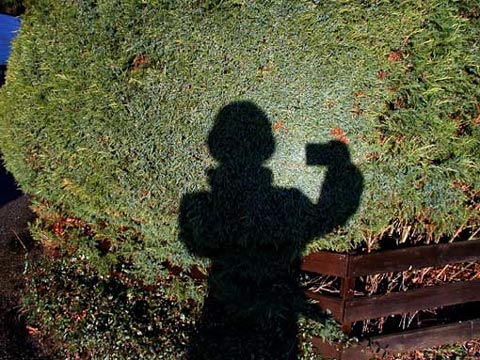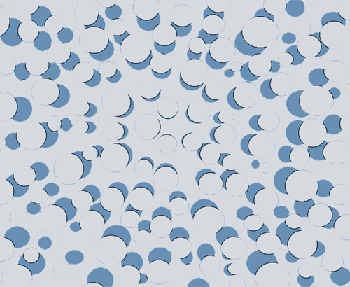by Eva Seidenfaden





The opposition effect or “dry heiligenschein” (Minnaert) is in principle based upon the fact that things placed in the antisolar point hide their own shadow (shadow hiding). Thus it can also be observed on dry grass or from a plane on a forest. Here there is also a streak effect possible when the light is reflected from vertical cylinder-shaped things like tree trunks or straw stubbles. The opposition effect can be observed especially well on sand, for example on the beach, on dirty streets or sandy park alleys. Some woods have a resinous or waxy cover on their leaves, which can extremely increase the opposition effect without any water being involved.
The right photograph below shows the opposition effect and an “opposition streak”. The streak is the extension of the “dry heiligenschein”. The opposition streak forms because the short stalk stumps vertical to the observer above the antisolar point (shadow of the observer) also hide their own shadow. The diagram below on the right is made to illustrate the principle of the opposition effect: Each of the bright disks hides a part of its own shadow, so that there appears a brightening in the centre.
